There was a time not too long ago when folding cameras were King.
Many folders built around the 1930’s to the 1950’s were small, with beautiful lenses and shutters. They were easy to use and could fold flat and put into a pocket. German camera manufacturers such as Agfa, Zeiss-Ikon and Balda made exceptional folders for the consumer as well as the professional market.
Besides cameras, these companies produced some of the world’s best optics. Lenses produced by Carl Zeiss, Schneider Kreuznach, Rodenstock, Steinheil, Goerz and others adorned many of the folding cameras produced by German camera manufacturers of the period.
I began collecting cameras around the time digital began to become popular. That was because digital made them more available and affordable. My first folder was an Agfa Isolette. This camera was made to use 120-format film and produced 6×6 negatives using an Agfa Agnar lens. The Agnar was considered a lower end consumer lens, as it was a triplet, meaning that the lens had three glass elements.
Later, I learned about other folding cameras that produced sharper images. As then, folders with certain four element lenses are more sought after by collectors than the “lesser” triplet lenses. I have found that the three element lenses from the top makers are extremely good and produce wonderful sharp images. I personally love the Zeiss Novar, Agfa Agnar and Apotar, the Voigtlander Vaskar, and the Radionar lenses that are in my collection. But the best lenses are the four-element Tessar, Solinar, Skopar and Xenar optics. However, they are also more expensive to collect.
Folders usually have a front cell-focusing lens marked in either meters or feet. To focus, you need to know approximately how far your subject is from the camera. It really doesn’t take too long to learn how far away 10, 20 or 60 feet is from the camera. The same is true with meters. In many cases if you are not sure, you can walk it off in step measures or you can guess.
Some cameras had built in range finders for more critical focusing. I occasionally use a separate rangefinder when I need to be more careful about focus. During the period, many beautiful German made pocket rangefinders were produced. These tiny units were usually mounted to the top plate of the camera by means of a cold shoe. More often than not, the simplicity of the camera made it possible to obtain sharp images using special distance marks on the lens, usually marked in red, to capture subjects at near, middle or distant settings. These distances were marked to indicate the most common subject distances of common subjects.
Folders had a fixed focal length, which was considered a normal lens. A 120 camera would have either a 75mm or a 105mm depending on the size of the negative the camera was built to produce. Most 35mm folders had a 50mm lens.
At first, I purchased medium format cameras made by Zeiss-Ikon and another German company called Voigtlander. Later I moved toward cameras made by Balda and Franka.
These cameras have names (models) such as The Voigtlander Perkeo and The Baby Bessa, the Zeiss Ikonta, Agfa Billy Record, Balda Baldax and Franka Rolfix.
Kodak also made many similar folders. however, they mostly used 620 roll-film rather than 120. The difference between the two formats is only in the diameter of the film spool. Some folding cameras were made to accept either. I for one, only collect those cameras that I can use with available film. Both 120 and 35-mm film are still available.
Later, I began to explore the early 35mm offerings from these companies, which also have interesting names such as the Balda Jubilette and Balda Baldinette or Voightlander Vito, and others.
I usually buy my cameras from eBay sellers, Now that I know a bit about these cameras, I am wise to the listings and know what questions to ask
Besides collecting these old cameras, I actually use them to create images. I am a long time digital photographer but, I love using them because they are beautifully built, nostalgic, they take great pictures and they are a lot of fun to shoot. They are amazing mechanical marvels.
The nostalgic reason for my collection has to do with my father he was a WWII American soldier who after fighting in the war, helped to guard the Zeiss-Ikon factory in Stuttgart during the occupation.
Which ones are my favorites? It is difficult to choose. They are all interesting for very different reasons. They all feel different in the hand. They all have their unique qualities and charm. They exemplify great German made quality. They were used by millions.
The truth is, I love them all. They are all beautiful examples of not so ancient history.
Read about my book Rethinking Digital Photography.
Please have a look at some of my other posts here.
NOTICE of Copyright: THIS POSTING AS WELL AS ALL PHOTOGRAPHS, GALLERY IMAGES, AND ILLUSTRATIONS ARE COPYRIGHT © JOHN NEEL AND ARE NOT TO BE USED FOR ANY PURPOSE WITHOUT WRITTEN CONSENT FROM THE WRITER, THE PHOTOGRAPHER AND/OR lensgarden.com. THE IDEAS EXPRESSED ARE THE PROPERTY OF THE PHOTOGRAPHER AND THE AUTHOR.


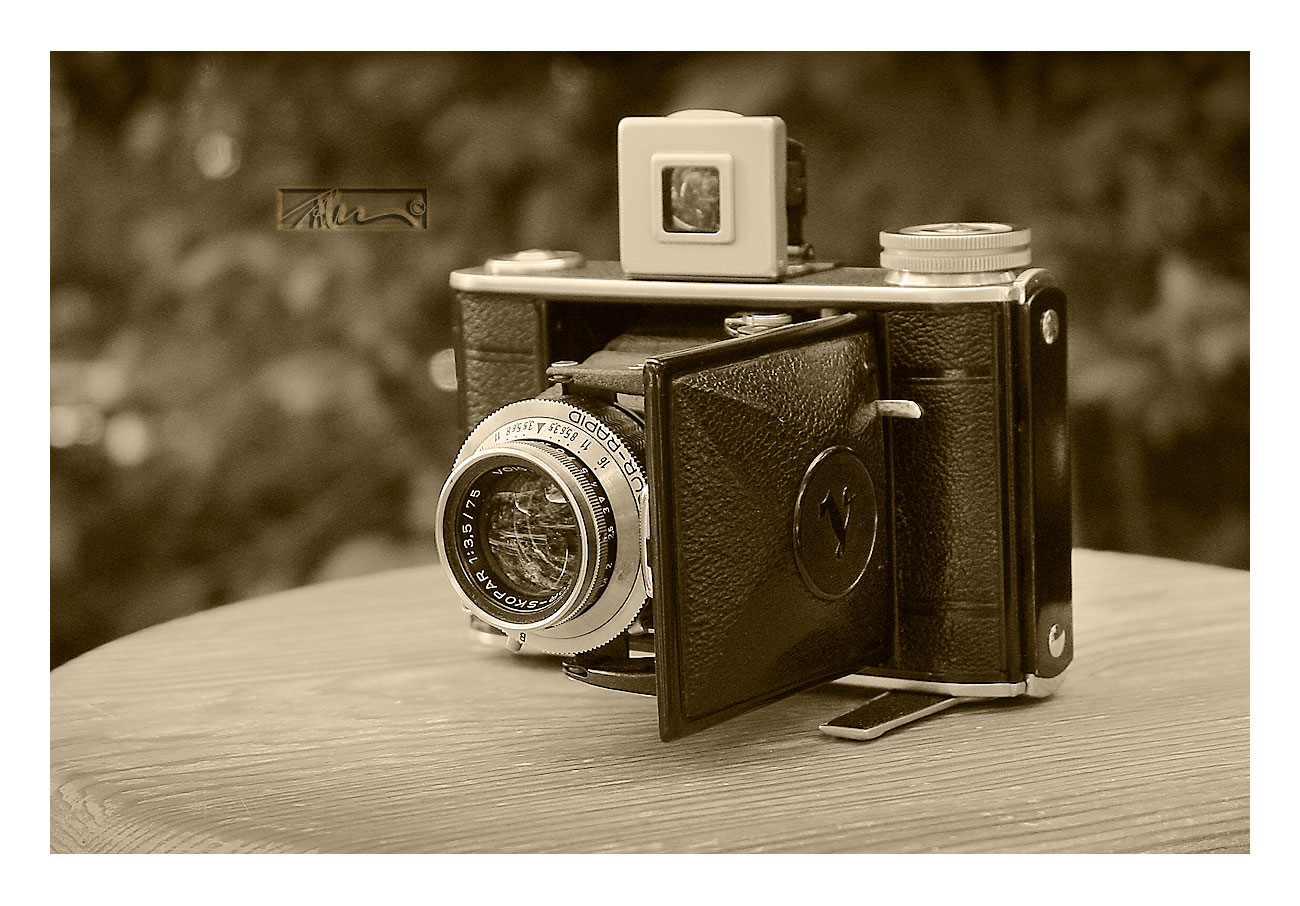
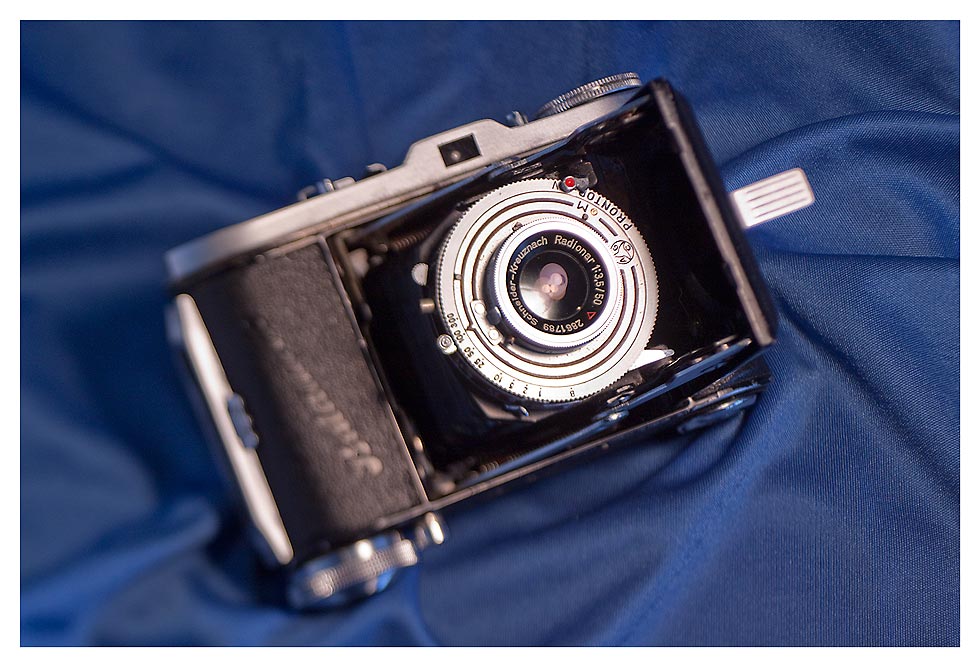
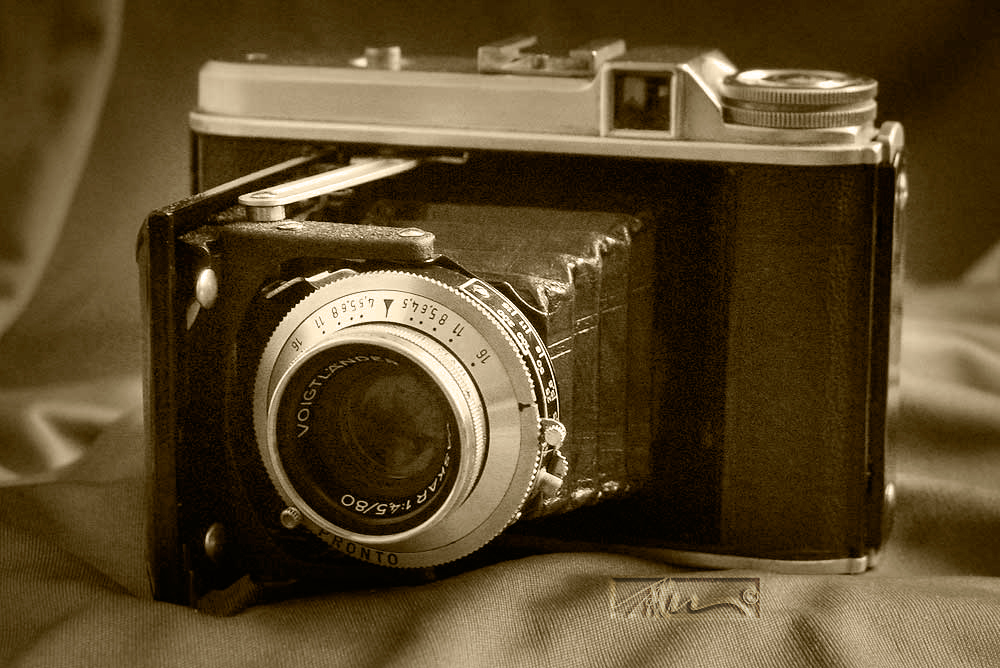
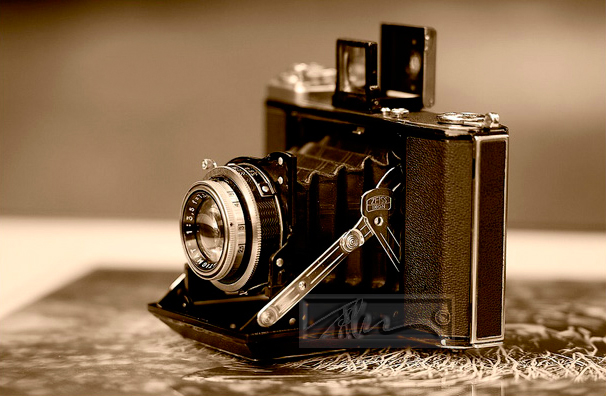
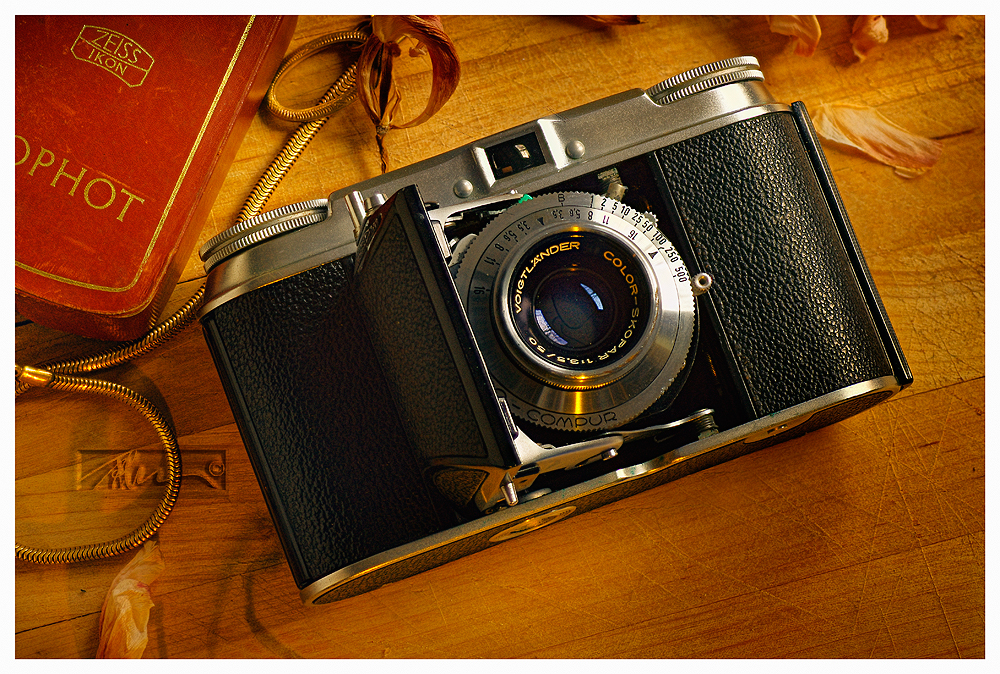

Would you be interested in a Voigtlander Brilliant Compur Rapid O-S camera 1945. It has its case and four spare lenses.
Suzannah – I would be interested if you want a good home. I am not in a position to pay for it at the moment.
John